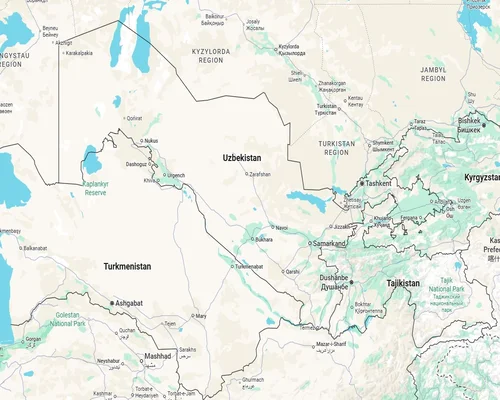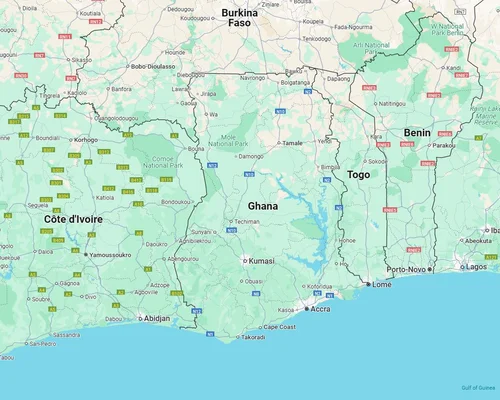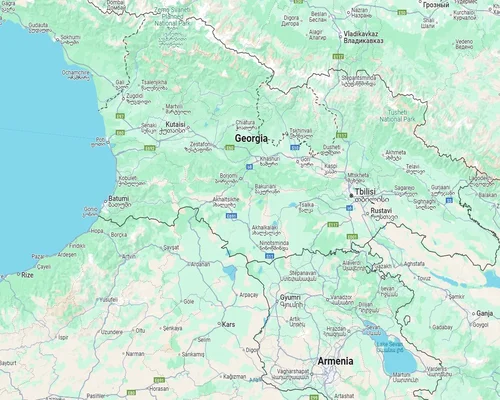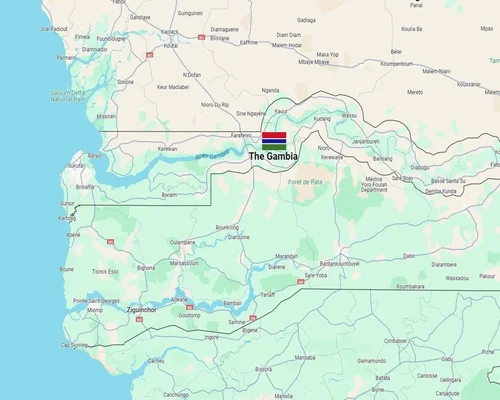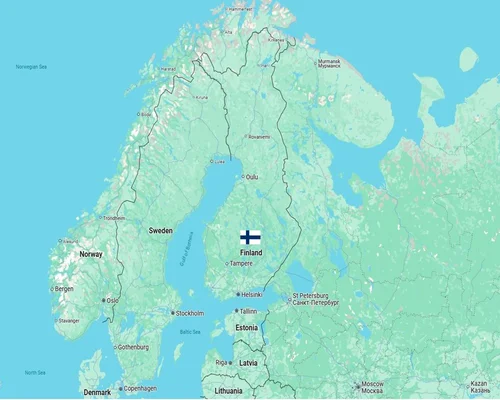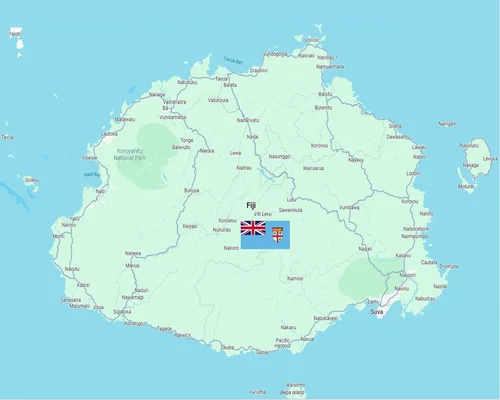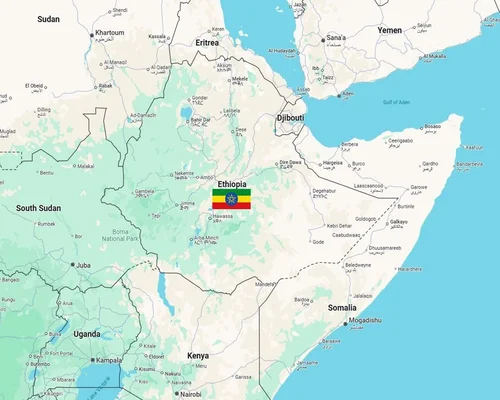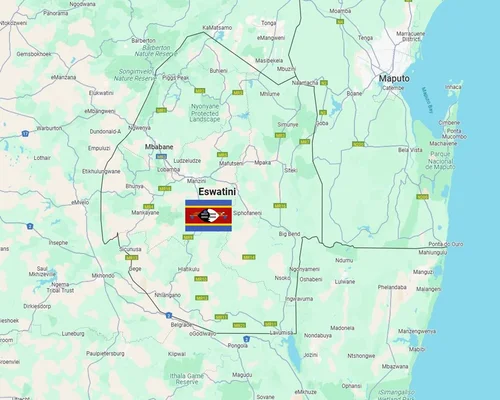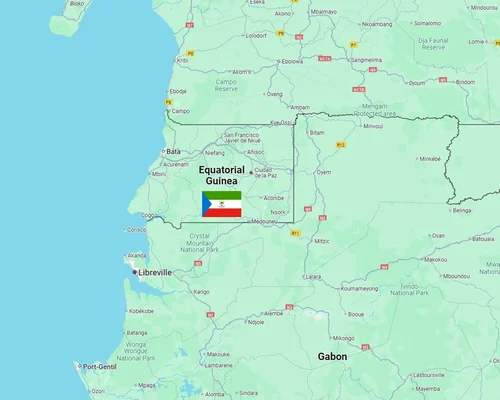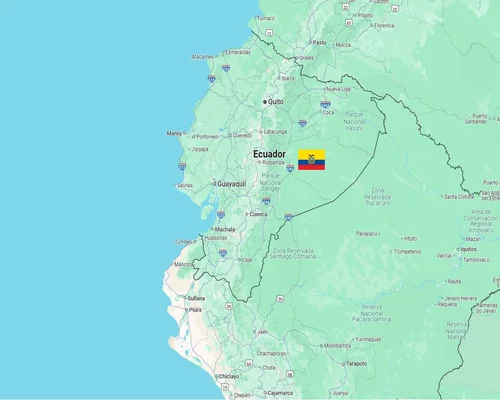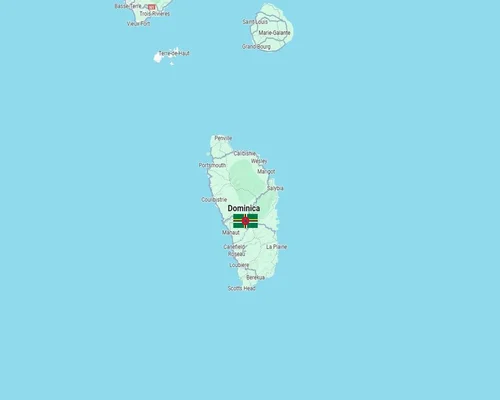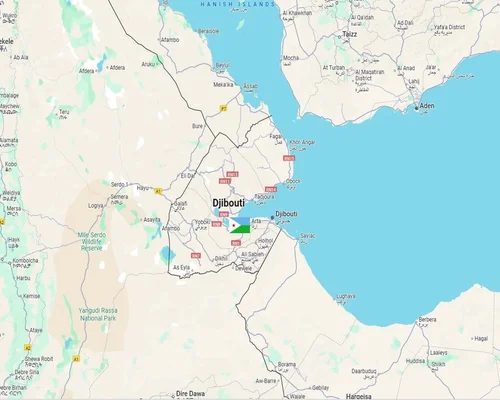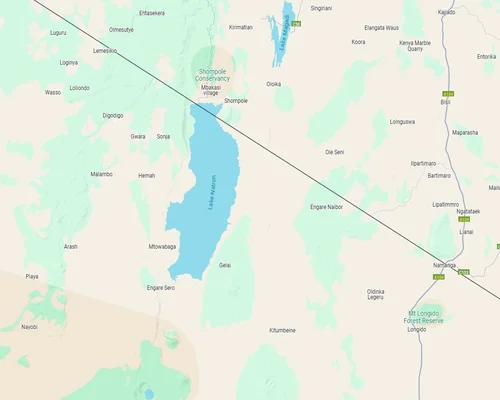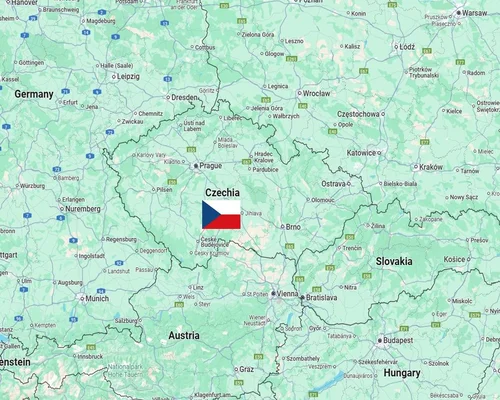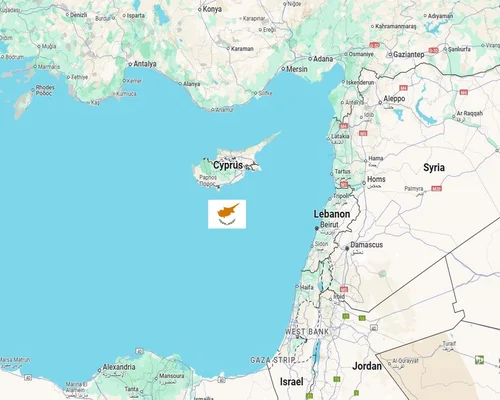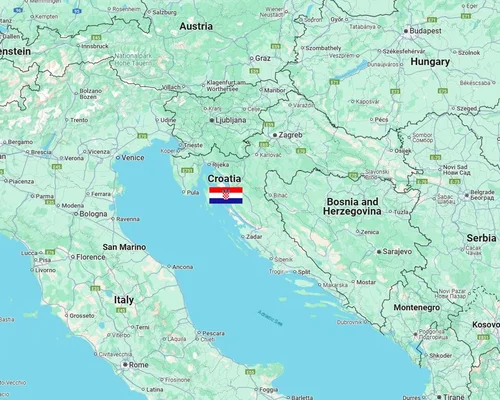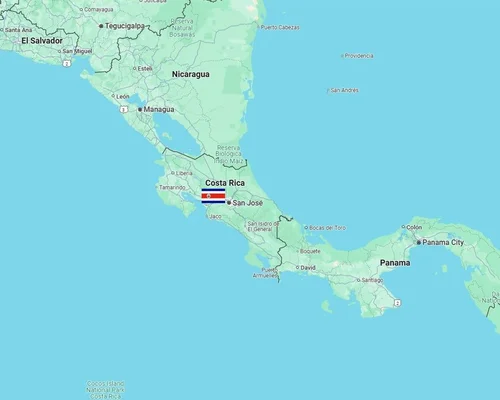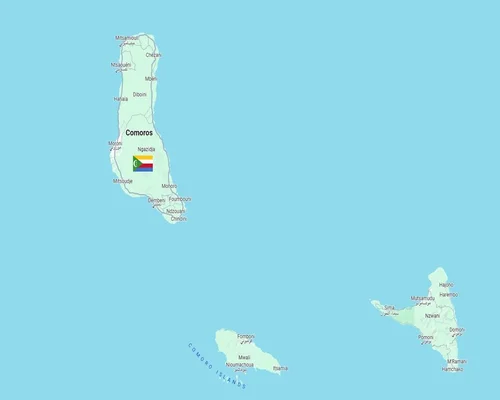
Egypt Country Facts
Egypt Country Facts
Egypt is a country in North Africa and the Middle East, famous for its ancient civilizations, pyramids, and the Nile River. It is one of the oldest civilizations in the world and occupies an important place historically.
General Information:
- Capital: Cairo.
- Location: Located in the northeastern part of North Africa. The Mediterranean Sea to the north, the Red Sea to the east, Sudan to the south, and Libya to the west.
- Area: About 1001,450 square kilometers.
- Population: About 105 million (as of 2024).
- Government: Democratic republic. The president is the head of state.
- Language: Arabic (official language).
- Currency: Egyptian pound (EGP).
- Religion: Islam is the main religion (Muslim population about 90%). Christian population about 10%.
History:
- Ancient Egyptian Civilization: Ancient Egyptian civilization began around 3100 BC. The pyramids, sphinx, and temples were built during the reign of the pharaohs.
- Greek and Roman Period: Alexander the Great conquered Egypt in 332 BC. It later became part of the Roman Empire.
- Islamic Period: After the arrival of the Arabs in the 7th century, Islam became the main religion of Egypt. Cairo was established as the main cultural center of Islam.
- Modern Period: The British occupied Egypt in 1882. Independence from Britain was achieved in 1922.
Geography and Climate:
Major Geographical Features:Nile River: Lifeline of Egypt. Most of Egypt is covered by the Sahara Desert.
Northern Region: Fertile land and Mediterranean coast.
Climate: Mainly desert climate. Hot and dry in summer, relatively cold in winter.
Economy:
Main sectors:Oil and natural gas: A large part of Egypt economy.
Tourism: The pyramids, temples, and the Nile River are attractive to tourists.
Agriculture: Especially cotton, wheat, and rice production.
Suez Canal: Important for international trade.
Remittances: Money sent by expatriates plays a large role in Egypt economy.
Culture and tradition:
- Religion: Islam has a significant influence on Egyptian culture. Mosques and places of worship are part of cultural life.
- Language and literature: The Arabic language of Egypt is locally known as "Masri". Egyptian writer Naguib Mahfouz is a Nobel Prize winner.
Food:
Popular dishes:
- Koshari: A mixture of rice, pasta, lentils, and tomato sauce. Falafel and ful medames.
- Molokhia: A dish made from a green leaf.
- Music and dance: Egyptian music holds a special place in the Arab world.
Ancient Architecture and Tourist Attractions:
- Giza Pyramids: One of the Seven Wonders of the World.
- Sphinx: Colossal stone sculptures.
- Luxor and Karnak Temples: Examples of ancient Egyptian architecture and culture.
- Aswan Dam and Lake Nasser: Important to Egypt economy and agriculture.
- Suez Canal: One of the most important trade routes in the world.
Fauna and Flora:
- Desert animals such as camels and wild cats. Many aquatic animals around the Nile River.
National Parks:
- Ras Mohammed National Park: Famous for its marine biodiversity.
Problems and Challenges:
- Water Crisis: Being a desert region, water supply is a major challenge.
- Impact on Tourism Sector: Political instability affects the tourism industry.
- Population Growth: A growing population puts pressure on the country resources.
Conclusion:
Egypt is known worldwide for its historical importance, natural beauty, and cultural diversity. As the land of the pyramids and the Nile, Egypt benefits from tourism, agriculture, and mineral resources. But the country needs to take further steps to address environmental and economic challenges.

